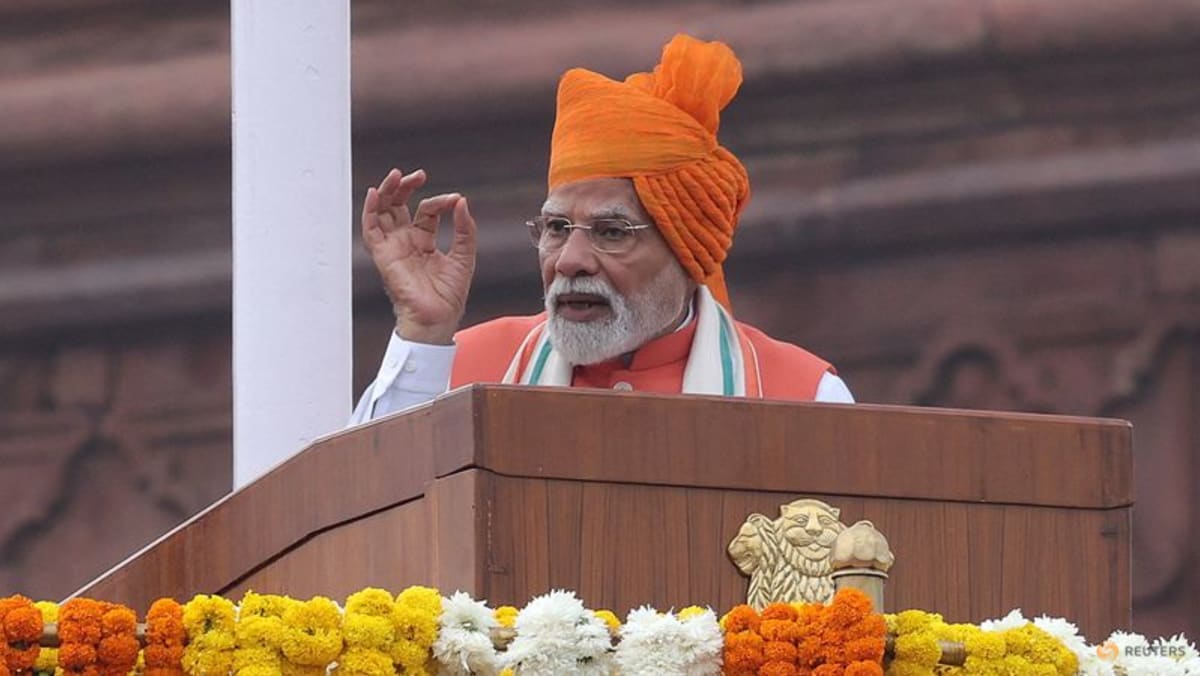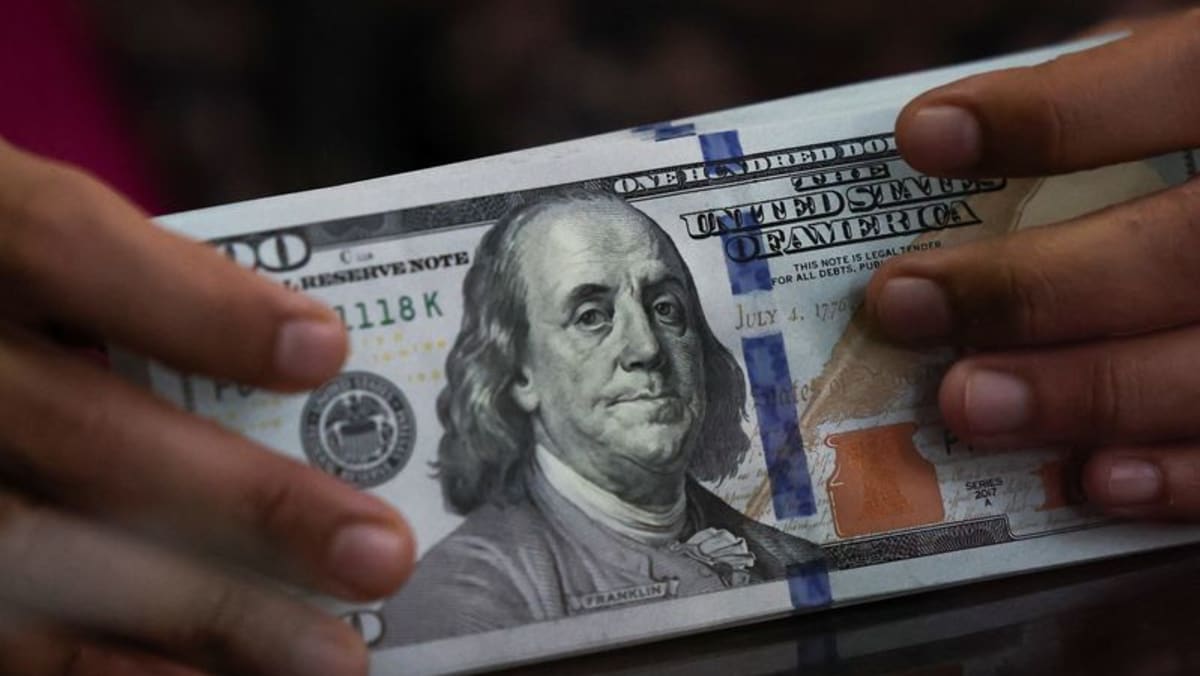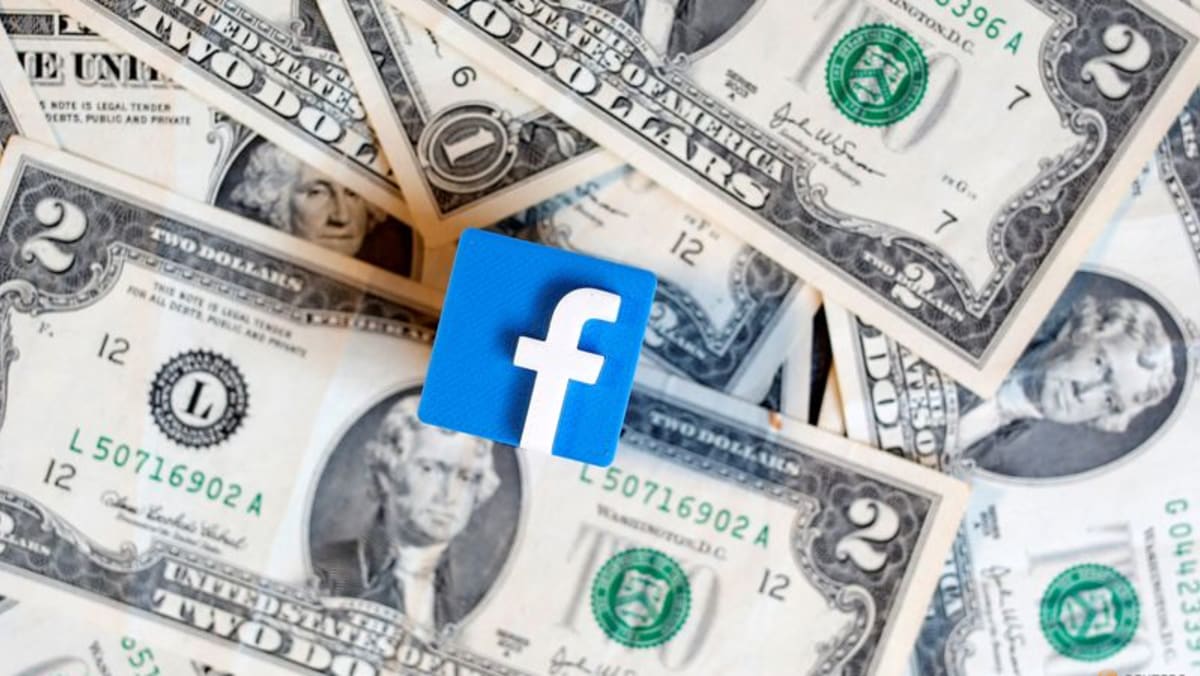ISLAMABAD :Pakistan’s economy likely grew 2.7 per cent in the fiscal year ending June 2025 after expanding 2.5 per cent in the previous year, the government’s annual snapshot of economic performance showed on Monday, a day before the federal budget is unveiled.
The government initially targeted 3.6 per cent growth in gross domestic product for this financial year, but lowered that to 2.7 per cent last month. The International Monetary Fund expects growth of 2.6 per cent this financial year and 3.6 per cent next.
Prime Minister Shehbaz Sharif’s government is aiming for 4.2 per cent growth next fiscal year amid competing priorities, including boosting investment, maintaining a primary surplus, and managing defence spending amid tensions with India.
Finance Minister Muhammad Aurangzeb said he did not want the economy to expand too quickly, which has led in the past to a surge in imports.
“Don’t get into a sugar rush,” Aurangzeb said. “Because the moment we go into a consumption-led growth, and our imports go haywire and our balance of payments problem intensifies, that sort of derails the entire discussion,” he told a press conference.
For fiscal 2025, growth was held back by a reduction in output from large-scale manufacturing and a decline in major crops. Agricultural sector growth of 0.6 per cent was the lowest in nine years, hit by adverse weather.
Topline Securities, a local brokerage, said the 2.7 per cent growth in fiscal 2025 was well below Pakistan’s long-term average of 4.7 per cent, and was likely to be revised down due to optimistic assumptions on industrial output.
The government’s total revenue for the first three quarters of fiscal 2025 was 13.37 trillion rupees, the survey showed, up 36.7 per cent over the previous year.
Pakistan had a current account surplus of $1.9 billion in the nine months compared with a deficit of $200 million in the same period a year earlier, it showed.
The central bank, in a bid to encourage growth, has cut its policy rate by more than 1,000 basis points this fiscal year. Its latest cut last month brought the key rate to 11 per cent, resuming an easing cycle that had brought rates down from 22 per cent after a pause in March.
Aurangzeb said easier credit terms should bolster the economic recovery.
The fiscal deficit was 2.6 per cent of GDP in the first three quarters of the fiscal year. Inflation was seen at 4.6 per cent for the year.
The update comes as Pakistan’s economy is stabilising but remains fragile as the country navigates reforms under a $7 billion IMF programme.
Pakistan’s federal budget for the next fiscal year starting July will be released on Tuesday.














